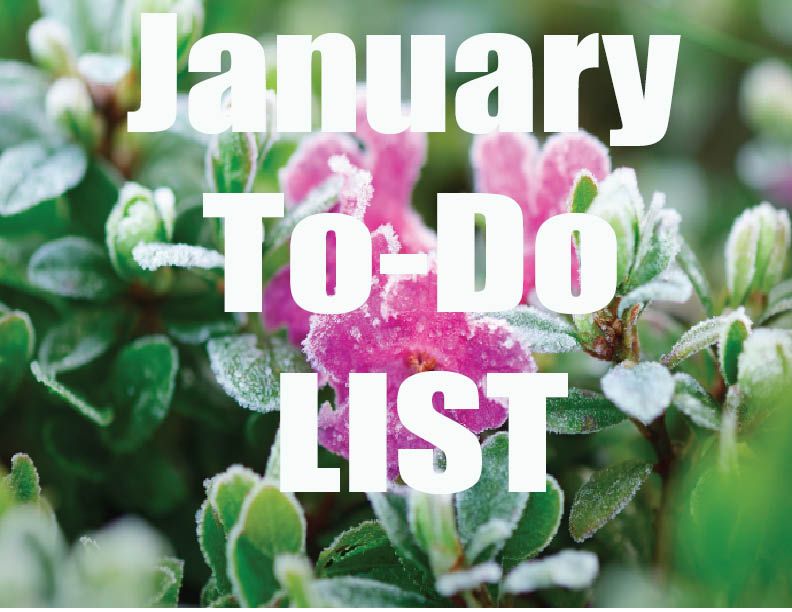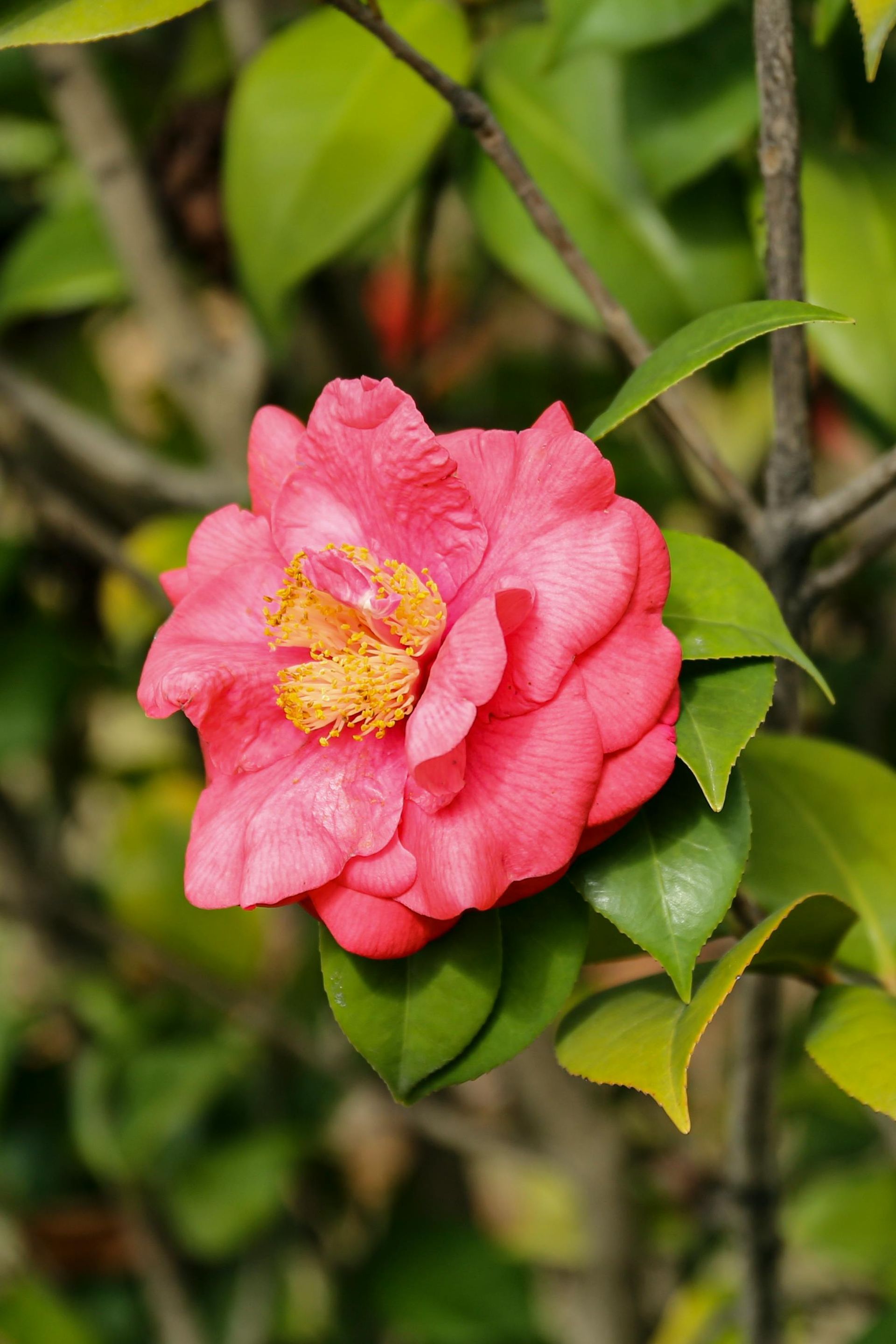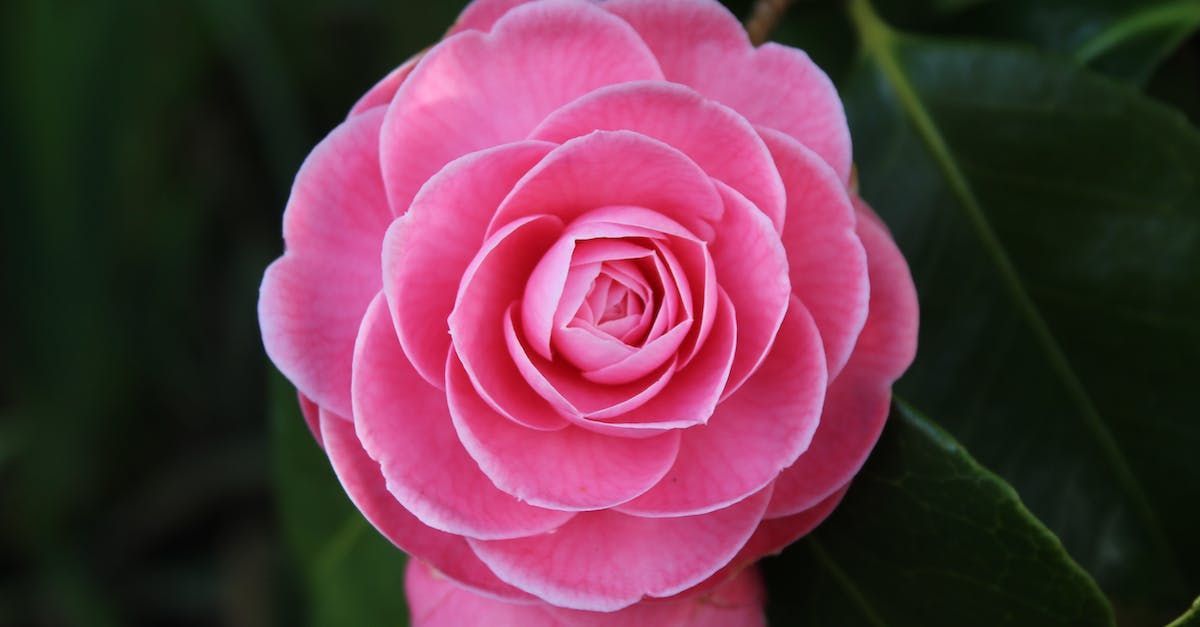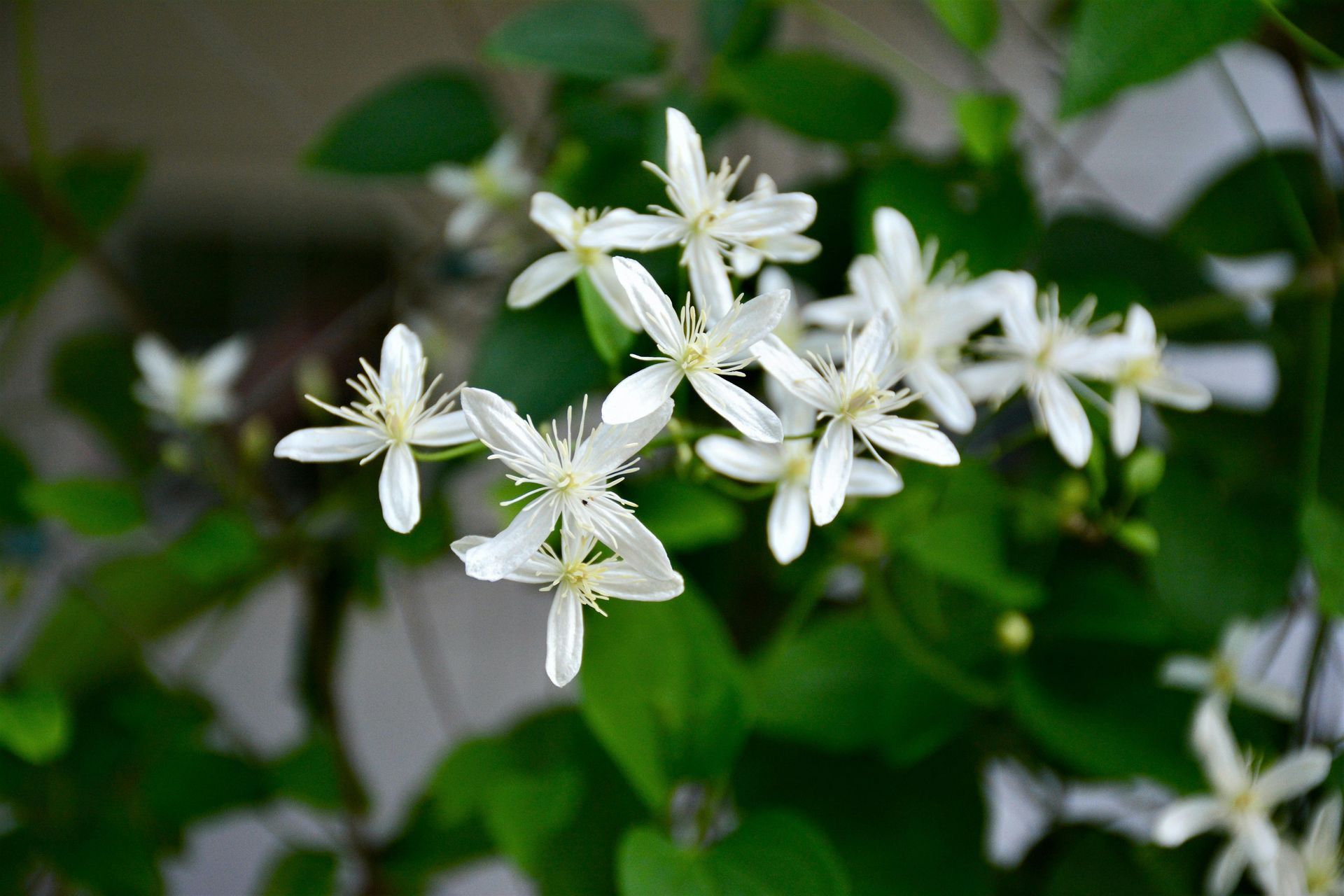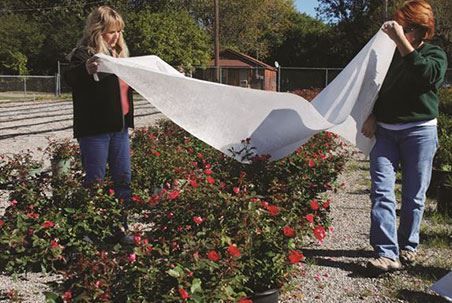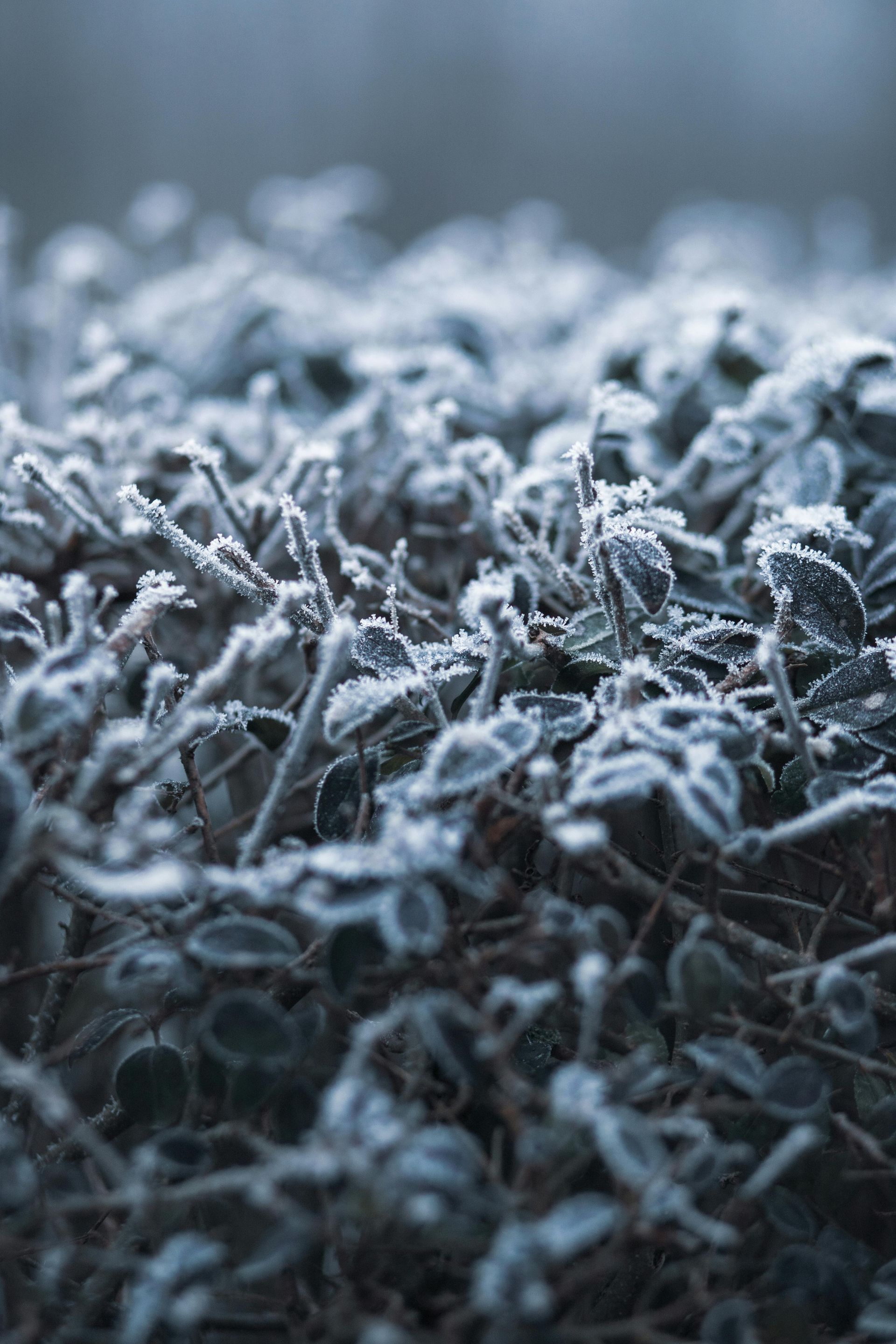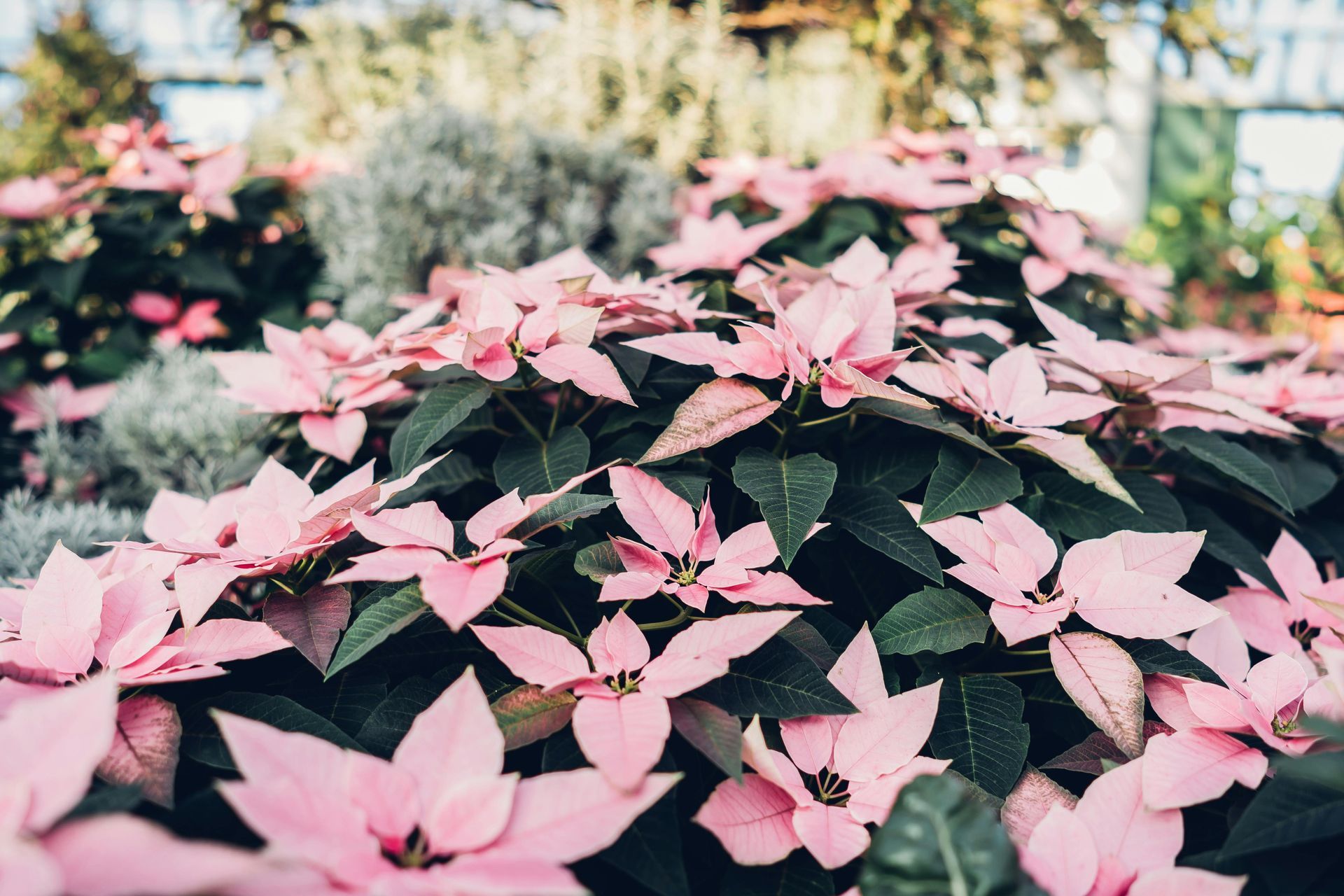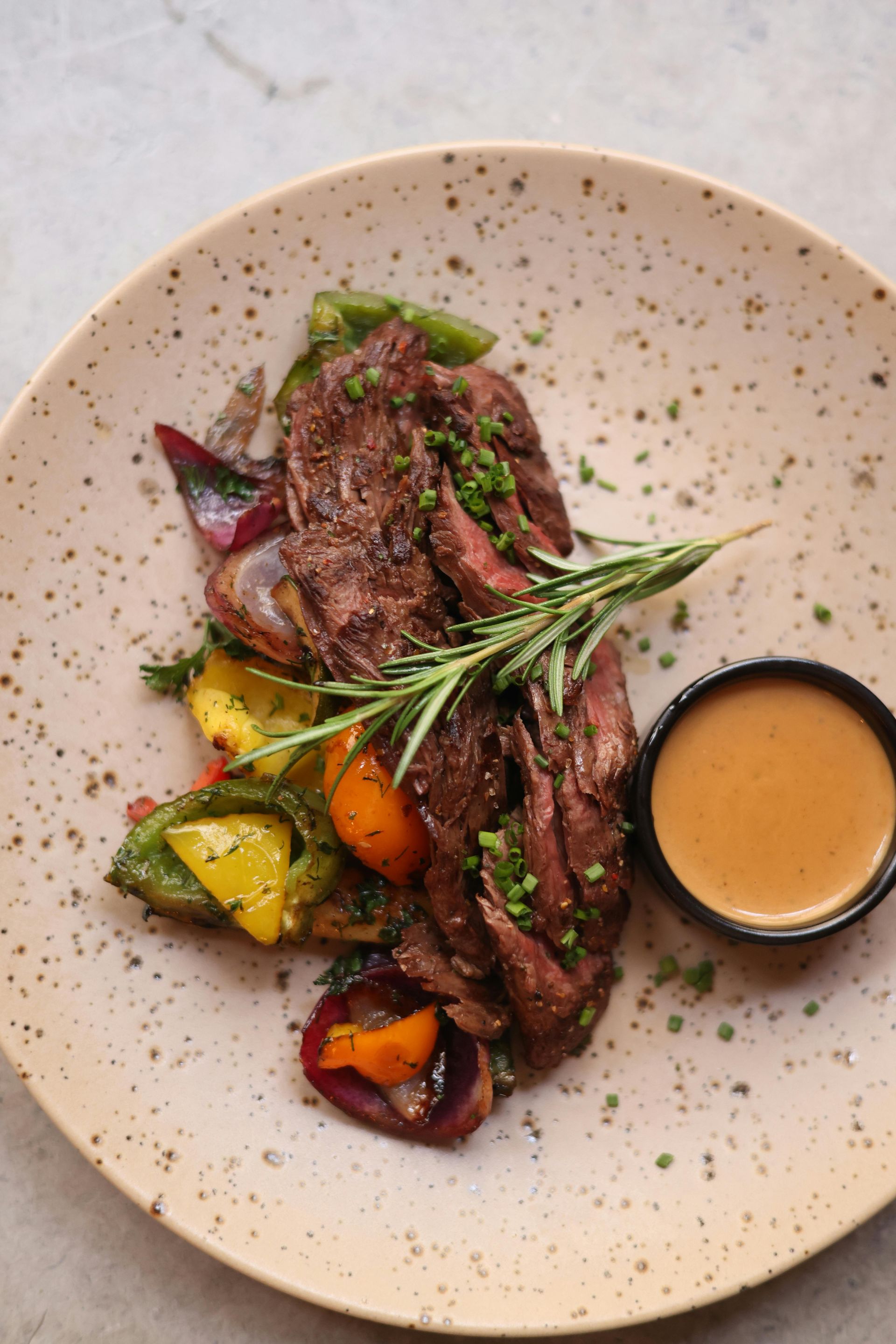The Joy of Bird Feeding
Why feed birds?
It takes time, money, effort, and dedication to consistently feed birds the most nutritious and most attractive foods. Why do we do it?
Enjoyment
The most obvious benefit is simple enjoyment their company can bring us- their colors, their songs, their behaviors. While birds will naturally visit any backyard, adding feeders and bird friendly plants will attract more species and keep them there longer.
Interacting with nature
For many urban birders, the birds they see at their feeders may be the only wild animals they have a chance to interact with. This can be an ideal activity for senior citizens, individuals with limited mobility, or young children to get their first exposure to nature. Children can enjoy the whole process, from buying the food, filling the feeders, and watching the birds.
Giving Back to Nature
While feeding the birds brings backyard birders many benefits, it also benefits the birds by replacing food sources that have destroyed by development. When homes are built and landscaped, birds lose important nesting spots, shelter, and natural food sources, but proper feeding and landscaping can help replace those resources. Our efforts to create inviting habitats in our yards and to provide food and water actually do make a difference.
Your own organic pest control
Birds eat much more than seed, suet, and nectar. Feeding birds in your backyard invites them to feast on the insects such as mosquitoes, snails, and spiders in your landscape.
Combined with Gardening
Truly useful habitat for the birds combines food, water, and places to raise their young. We can provide some food and water, but birds still have to have trees, bushes, perennials, annuals, and “wild places” to thrive.
Bird Feeders
With the right bird feeders, seed and other foods you can better attract birds.
Feeders are not “one size fits all”–different species are attracted to different designs.
A platform feeder or tray is any flat, raised surface onto which bird food is spread. Trays are a great first feeder and attract most species of feeder birds. Backyard birds find food by sight and if you offer foods on a tray with nothing to come between the birds and the food you make it especially easy. Birds prefer its ease of landing and wide space for scratching around for their favorite seed.
Tray feeders are great for viewing birds and their behavior; however, a tray feeder’s capacity is low and the food can get wet, it needs to be filled every day or so.
Even though one feeder can serve many species, a variety of feeders can entice even more birds.
A hopper feeder is a platform upon which walls and a roof are built, forming a “hopper” that protects seed against the weather. This feeder can hold a seed blend that attracts 80% of the local birds and last four or more days before refilling.
A suet feeder provides a very high energy food and is a favorite of woodpeckers. The best suet for bird feeding is a “suet blend cake” made with high-quality rendered beef kidney fat and added protein such as peanuts, nuts, and dried insects.
Tube feeders work well for sunflower hearts or for blends combining sunflower hearts, peanut pieces, and safflower. Tube feeders have smaller food openings and fewer places to perch. This is a good solution for too many doves or house sparrows at your feeder.
Cylinder feeders
Circular cakes called “cylinders hold seed together with a natural protein binder. Cylinders can contain seeds, suet, nuts, or various combinations of those ingredients. Cylinders are great all the time, but they are perfect when you go on vacation because there is always something to eat. Cylinder are exposed to rain so use smaller cakes or cut them in half crosswise and put out half at a time.
Nectar feeders are specially made to dispense nectar through small holes. Choose a feeder that is easy to take apart and clean, because the feeder should be washed or run through the dishwasher frequently.
Characteristics of feeders to consider include:
- Visibility so birds will notice the new feeder and see the available seed
- Appropriate feeding ports for seed type and desired bird species
- Multiple perches or platforms to accommodate many birds comfortably
- Feeder capacity and refill frequency expectations
- Pest-resistant features, such as built-in baffles or no-chew construction
- Suitability to the climate to keep seed dry, if needed
- Durability and ease of maintenance and cleaning to keep the feeder in top shape
- Demonstrate how the feeders meet those characteristics.
Types of seeds
Like people, birds have different preferences when it comes to food.
The most common type of seed offered at feeders in North America is
black-oil sunflower seed. It is high in energy and has thin shells, making it the preferred food item for a wide variety of birds. Black-oil sunflower is among the favorite feeder foods of cardinals, chickadees, finches, and sparrows. Sunflower seeds mimic the seeds of trees including pine, spruce, fir, elm, and sweetgum, plus flower seeds of all sizes, and of course, sunflowers. Sunflower seeds without hulls are called chips, hearts, or kernels. Sunflower-loving birds split sunflower seeds (cadinals), pound them open (chickadees and titmice), or swallow them whole (doves).
Safflower seed is a whitish seed similar to sunflower in its amount of fat, protein, and calories. It is an excellent problem-solver when used alone in a feeder, because while blackbirds, European starlings, and many squirrels don’t like it, Northern Cardinals, chickadees, House Finches, Tufted Titmice, and many other sunflower-loving birds do. You may have to do a 5ifty-fifty blend of sunflower seeds and safflower seeds to introduce it.
White proso millet, a shiny round seed, is the best small seed to include in blends or offer alone. Such beautiful birds as Dark-eyed Juncos, White Crowned Sparrows, and Painted Buntings are attracted to millet. None of the other grains, such as milo, wheat, and canary seed, are liked as much as white millet, so look for blends that have white millet and none of those other grains.
Birds constantly seek out high-energy foods, and peanuts are one of the highest calorie foods they can find, second only to sunflower hearts.
Peanuts are fed to birds in a variety of forms, including peanuts in the shell, shelled peanuts, peanut pieces, and peanut hearts.
Peanuts in the shell are a challenge and only a few birds have the beak strength to open them. Blue Jays, Tufted Titmice, and many woodpeckers can crack holes in the shells. Jays love peanuts in the shell; they often cache peanuts for later retrieval. Chickadees and titmouse hold the peanuts in their feet and peck it into smaller bits.
If you use a no-mess blend such as sunflower chips, peanut pieces, and hulled white millet, you will avoid piles of shells on the ground or deck. With additions of tree nuts and dried fruit, you can broaden the appeal to even more birds.
Getting the right feeder and filling it with seeds is a great start. But are you providing the best space for the birds? There are many factors that that go into backyard birding and these are some of the common mistakes.
1. Not providing clean water
Birds rely on food AND water from their favorite backyards. Providing a source of water along with your feeder will make your backyard a one-stop shop for birds. Empty and refill your bird bath every few days in both summer and winter.
2. Using Bargain Basement Birdseed
The cheapest birdseed is often loaded with inexpensive fillers such as cracked corn, milo, oats, or wheat. These seeds and grains appeal to very few species, and other birds will toss the seed to the ground instead of eating it, causing a mess of sprouting weeds. Birders can save money on birdseed by choosing the types of seeds their birds prefer and only offering those good foods so none goes to waste.
3. Using Only One Kind of Bird Feeder
Birds have different diet preferences, and different species prefer different feeder styles. Open feeders with trays or perches will attract a decent variety of birds, but to maximize bird feeding it is essential to use different feeders. Consider a mesh sock for goldfinches, nectar feeders for hummingbirds, suet feeders for woodpeckers, mealworm dishes for bluebirds, and jelly feeders for orioles.
4. Not Cleaning Bird Feeders
Dry seed in feeders should be changed every 5-7 days and the feeders should be cleaned monthly. Hummingbird feeder nectar should be changed every two to three days, and cleaned weekly. Don’t overfill feeders until you know how much the birds will eat. Cleaning feeders regularly helps prevent bacteria that can be harmful to birds. If there is any moisture from rain or sprinklers, feeders should be cleaned more often. Clean feeders with hot soapy water or a mixture of 1 part bleach to 9 parts water to get rid of bacteria, fungi, or mold. Rinse thoroughly. Wear gloves.
5. Not Feeding Winter Birds
Many novice birders assume it isn't necessary to feed birds in winter because there are no birds around. In fact, feeders can be even more critical to winter birds than they are during the summer when hatchlings need to be fed, and there are dozens of winter backyard birds, many of which aren't around in the summer, that will happily visit bird feeders for a healthy winter meal.
6. Making Bad Hummingbird Nectar
The best way to attract hummingbirds is to use the right red feeder with clear hummingbird nectar. The red dye found in some homemade nectar or other brands can be harmful to hummingbirds. Never use any sweetener other than plain white sugar to make nectar. Choices such as honey, brown sugar, fruit juices, and artificial sweeteners do not provide the proper sugar concentration for hummingbird food, and they can produce mold that is deadly to the birds. Use a product that contains feeder fresh or nectar defender in your hummingbird nectar recipe. There are other ways to attract hummers. Plant salvias, pentas, cannas, bee balm, porter weed, and other hummingbird friendly plants to make your garden a hummingbird haven.
7. Not providing shelter
Birds find comfort in natural shelter from shrubs, trees, and bushes.This provides cover, protection against predators, and nesting areas. Make sure trees and taller shrubbery aren’t too close to feeders because this can give cats an advantage.
8. Letting Feeders Get Empty
Birds can be forgiving if a feeder is empty for a few days, but a feeder that is consistently empty won't attract birds. Wild birds won't starve if feeders are empty since they get most of their food from natural sources, but they also won't return to an unreliable food source. Refilling feeders more promptly will attract a wider variety of birds in every season and will help keep the feeder clean and in good repair. A seed cylinder is a good choice if your will be out of town a few days.
9. Ignoring Natural Bird Food Sources
Feeding birds does not have to mean putting out multiple bird feeders and spending money on expensive seed, not to mention the time and effort to fill and clean feeders. Birders who avoid natural foods such as fruit trees or nectar-producing flowers, or who kill insects that birds can feed on, are depriving birds of the most nutritious, easiest, and most economical food sources available.
10. Not Protecting Bird Feeders
There are many other forms of wildlife that will raid feeders before birds can even get a chance to have a meal. Raccoons, deer, squirrels, rats, and even bears will snack at feeders, often depleting the seed supply or even breaking the feeders without letting any birds get a bite. At the same time, unprotected feeders also expose birds to predators when their senses are dulled by feeding.
11. Storing Seed Carelessly
Birdseed does have a long shelf life, but only if stored properly. Seed that isn't stored well can spoil and be invaded by pests such as mice, rats, larvae, silverfish, earwigs, or moths. As seed gets old and dries out, it is also less nutritious and will not attract as many birds. If water gets into the seed, mold can grow that can make birds sick and the strong smell may attract even more unwanted pests.
